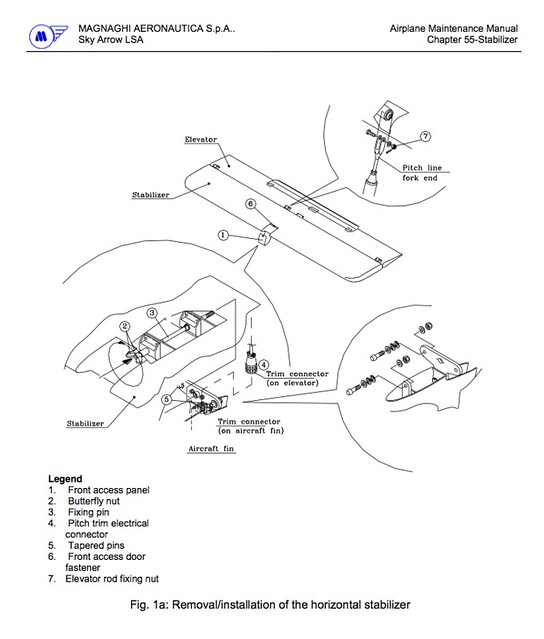Timbeck2
Final Approach
Did you see this?
The pilot was quoted as saying "We barely tapped that wing when poof! The bolt that holds the spar sheered off, and the wing pulled itself out. They should make that area more beefy, like bolts all over, not just two. That design, Piper got from Grumman, and I think they should revisit it."
If the pilot in question was the Piper pilot he doesn't know his airplane very well. From the video, it doesn't look like the collision from the helicopter did much except to slam the wing into the runway which broke the wing. I'd like to know the background on that video.











